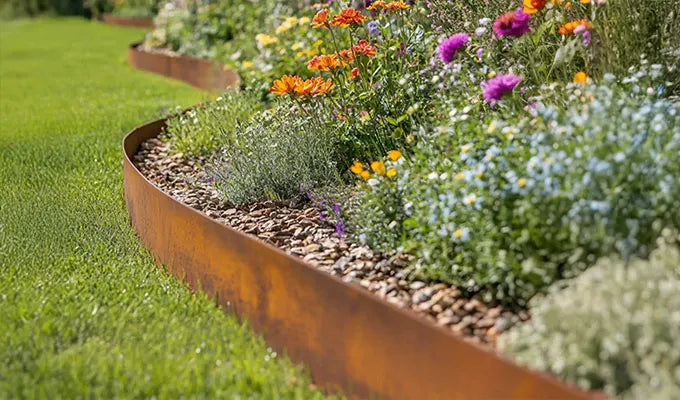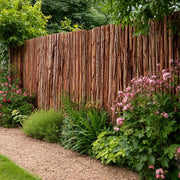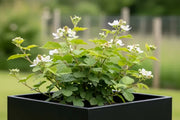The Complete Guide to Growing and Enjoying Peaches
Cultivating your own delicious peaches might seem like a dream for those in England, given our often-unpredictable weather. However, with the right approach and a little tender loving care, it's entirely possible to enjoy homegrown stone fruit.
While peaches thrive in warmer climes, several varieties have been developed to cope with cooler temperatures, making them suitable for cultivation in the UK. The key in England is to provide a sheltered, sunny spot. A south-facing wall or fence is ideal, offering protection from harsh winds and maximising warmth. Even in cooler summers, this microclimate can be enough to encourage fruit development. The English landscape, with its varied soil types, can accommodate peaches, provided good drainage is ensured. Look for 'hardy' or 'cold-tolerant' varieties specifically bred for cooler regions. Popular choices often include 'Peregrine', 'Rochester', or 'Avalon Pride', known for their resilience and flavour.
For gardeners with limited space or those looking for greater flexibility, growing peach trees in large planters is an excellent option. This method allows you to move the plant to the most sheltered and sunny spot available, or even into a greenhouse or conservatory during colder spells, particularly when the tree is flowering. Choose a planter that is at least 60-75cm (24-30 inches) in diameter and depth to allow for root growth. Ensure it has ample drainage holes. Use a good quality, loam-based compost mixed with some grit for drainage.
Whether planting directly into the ground or a container, choose a sunny, sheltered position. For ground planting, prepare the soil by incorporating plenty of organic matter like well-rotted manure or compost to improve fertility and drainage. Peaches prefer a neutral to slightly acidic soil. When planting, ensure the graft union (the slightly swollen point on the stem) is above soil level. Water thoroughly after planting. Regular watering is crucial, especially during dry spells and when the fruit is developing. Container-grown trees will need more frequent watering than those in the ground. Feed established trees with a balanced general-purpose fertiliser in spring. For container plants, a liquid feed every two to four weeks during the growing season is beneficial.
Peaches fruit on one-year-old wood, so pruning is important for maintaining vigour and fruit production. Prune in late spring or early summer, after the risk of frost has passed, to remove dead, damaged, or crossing branches, and to open up the canopy for air circulation and light penetration. Thin out developing fruit to about 10-15cm (4-6 inches) apart to encourage larger, healthier peaches. Be vigilant for peach leaf curl, a common fungal disease; netting can protect developing fruits from birds.
Peach trees typically flower quite early in the season, often in March or April, depending on the variety and local conditions. The delicate pink blossoms can be susceptible to late frosts, which can damage the flowers and reduce fruit set. If grown outdoors, consider covering the tree with horticultural fleece overnight if frost is forecast during flowering. Many modern varieties are self-fertile, but hand-pollination with a soft brush can improve fruit set, particularly if insect activity is low due to cool weather. After successful pollination, the small fruits begin to develop. Peaches generally ripen from late July through to September in the English climate, again depending on the variety and the summer's warmth. They are ready for harvest when they feel soft to the touch and come away easily from the branch with a gentle twist. The colour will also deepen significantly.
The reward for your efforts is a bounty of sweet, juicy peaches, perfect for eating fresh, baking into pies, making jams, or adding to desserts. There's nothing quite like the taste of a peach grown in your own garden.





















